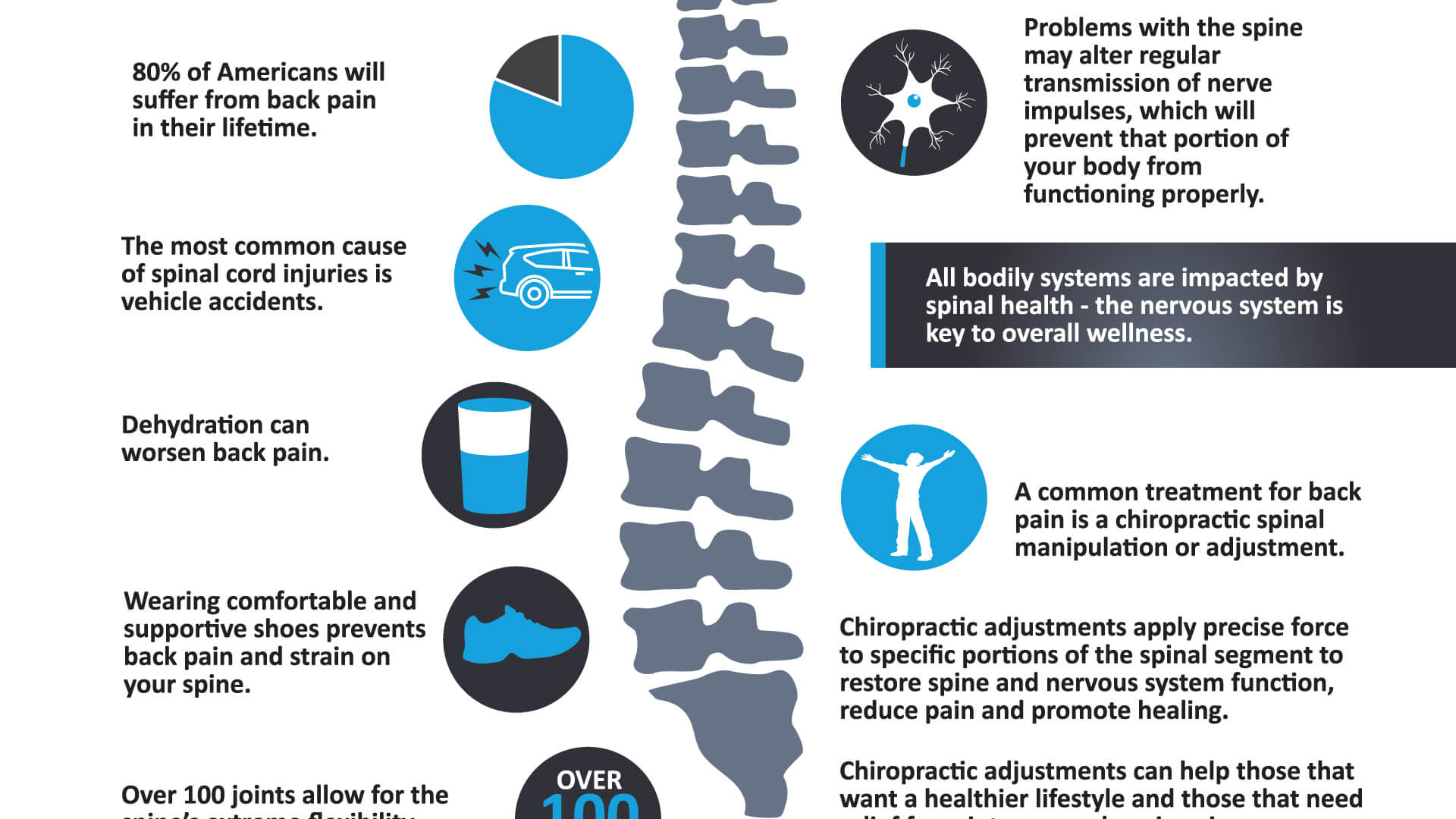Alleviate Back Pain By Determining The Everyday Practices That May Be Causing It; Easy Tweaks Could Change Your Way Of Living Right Into One That Is Pain-Free
Alleviate Back Pain By Determining The Everyday Practices That May Be Causing It; Easy Tweaks Could Change Your Way Of Living Right Into One That Is Pain-Free
Blog Article
Material Written By-Bates Svenningsen
Maintaining correct posture and avoiding typical risks in day-to-day activities can dramatically impact your back health. From how you rest at your desk to exactly how you lift hefty things, little modifications can make a large difference. Visualize integrative therapy austin without the nagging back pain that impedes your every move; the option could be less complex than you assume. By making a couple of tweaks to your daily habits, you could be on your way to a pain-free existence.
Poor Posture and Sedentary Lifestyle
Poor posture and a sedentary way of living are 2 significant factors to neck and back pain. When you slouch or hunch over while sitting or standing, you placed unnecessary stress on your back muscle mass and spine. This can cause muscular tissue inequalities, tension, and eventually, chronic pain in the back. Furthermore, sitting for long periods without breaks or exercise can compromise your back muscles and bring about stiffness and pain.
To combat poor pose, make an aware effort to sit and stand up right with your shoulders back and lined up with your ears. Bear in mind to maintain your feet level on the ground and prevent crossing your legs for prolonged durations.
Incorporating regular stretching and strengthening workouts into your everyday regimen can also assist boost your position and relieve pain in the back connected with a sedentary way of life.
Incorrect Training Techniques
Inappropriate lifting strategies can dramatically contribute to pain in the back and injuries. When you raise hefty items, bear in mind to flex your knees and utilize your legs to raise, as opposed to depending on your back muscles. Stay clear of twisting your body while training and maintain the item close to your body to minimize stress on your back. It's important to preserve a straight back and prevent rounding your shoulders while raising to prevent unnecessary pressure on your back.
Constantly analyze the weight of the things prior to raising it. If it's as well hefty, request for assistance or use devices like a dolly or cart to carry it safely.
Remember to take breaks during raising jobs to offer your back muscle mass an opportunity to rest and protect against overexertion. By applying appropriate lifting techniques, you can avoid pain in the back and decrease the threat of injuries, ensuring your back stays healthy and balanced and solid for the long term.
Absence of Routine Workout and Extending
An inactive lifestyle lacking routine workout and stretching can considerably contribute to pain in the back and discomfort. When you do not engage in exercise, your muscles come to be weak and stringent, leading to inadequate posture and enhanced pressure on your back. Normal exercise aids strengthen the muscle mass that support your back, boosting security and lowering the risk of pain in the back. Including stretching into your routine can likewise enhance versatility, preventing rigidity and discomfort in your back muscles.
To avoid neck and back pain caused by a lack of exercise and extending, go for at the very least half an hour of modest exercise most days of the week. Include exercises that target your core muscle mass, as a strong core can assist ease stress on your back.
In addition, take breaks to stretch and relocate throughout the day, specifically if you have a workdesk task. Easy stretches like touching see page or doing shoulder rolls can aid ease tension and protect against neck and back pain. Focusing on routine workout and extending can go a long way in preserving a healthy back and lowering pain.
Conclusion
So, remember to stay up right, lift with your legs, and stay energetic to avoid pain in the back. By making straightforward changes to your everyday practices, you can avoid the discomfort and limitations that feature pain in the back. Deal with your spine and muscular tissues by exercising good stance, proper lifting techniques, and regular exercise. Your back will thank you for it!
